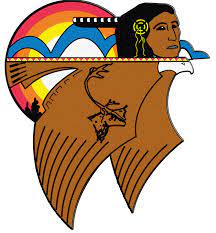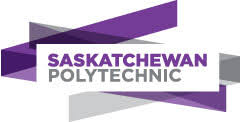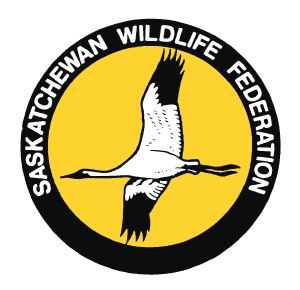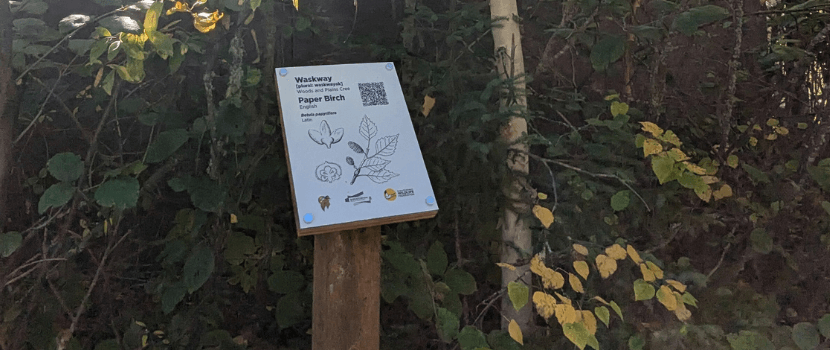
Latin binomial name: Betula papyrifera
Woods Cree name: waskway (plural: waskwayak)
Plains Cree name: waskway (plural: waskwayak)
Full grown Paper Birch trees can vary from 15-30 metres in height, and they are commonly found in moist, well drained, forested sites. The most recognizable feature of mature trees is the easily peelable white bark with pale or dark lenticels (horizontal, aerating structures). Bark colour can be dark or reddish brown on younger trees and branches. The leaves have a double sawtooth pattern around the edges.
This tree is amongst the most used in traditional practices, from medicinal to practical day to day uses it is a great fire starter. The bark peels away in paper like sheets, can be used for birch bark biting, a beautiful but difficult practice to try. Moose calls were made, birch bark baskets for gathering plants, berries, using as water dippers. Large sheets could be used to make canoes and tarp like sheets as it is waterproof. Medicinally, the leaves are great to have in your collection for ailments ranging from urinary issues to high cholesterol and diarrhea. It is lovely pain reliever, leaves and branches can be boiled and added to bath water to help with aches, pains, and headaches. One of the most sought after and well-known gems that can be found on birch is chaga (posakan or touchwood), a black fungus with a rust-coloured center, this is a powerhouse healer, traditionally used to treat many types of cancers, great as a general everyday antioxidant tea. Every part of this tree from roots to buds is healing and energizing, a staple in cree culture.
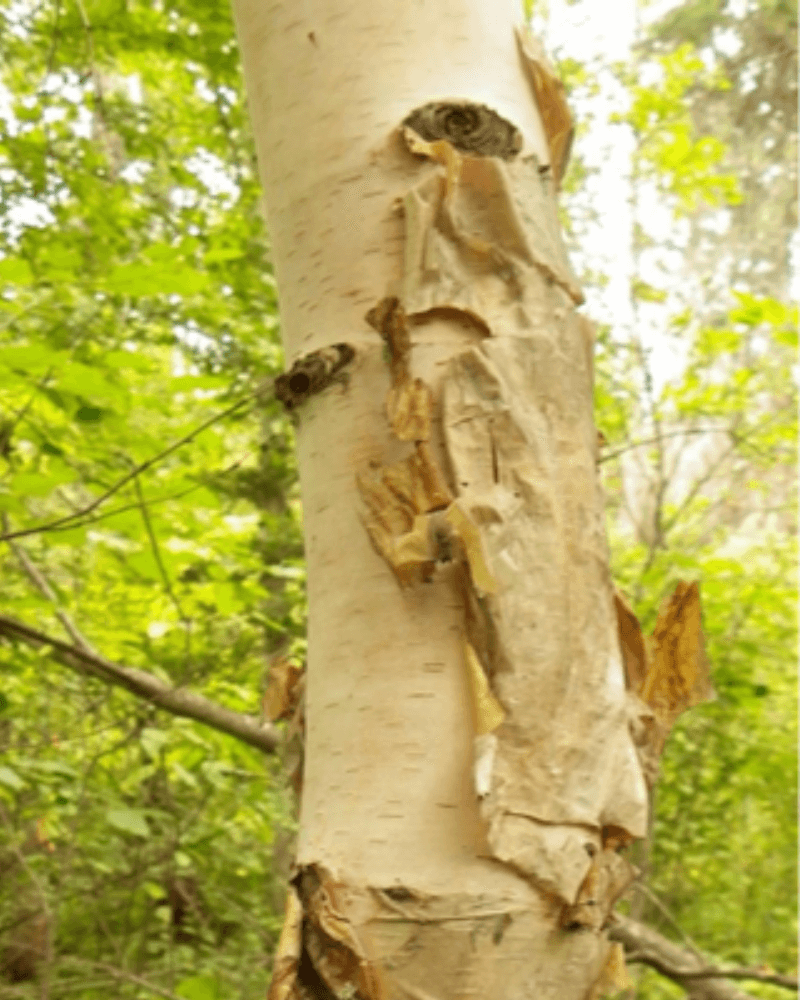
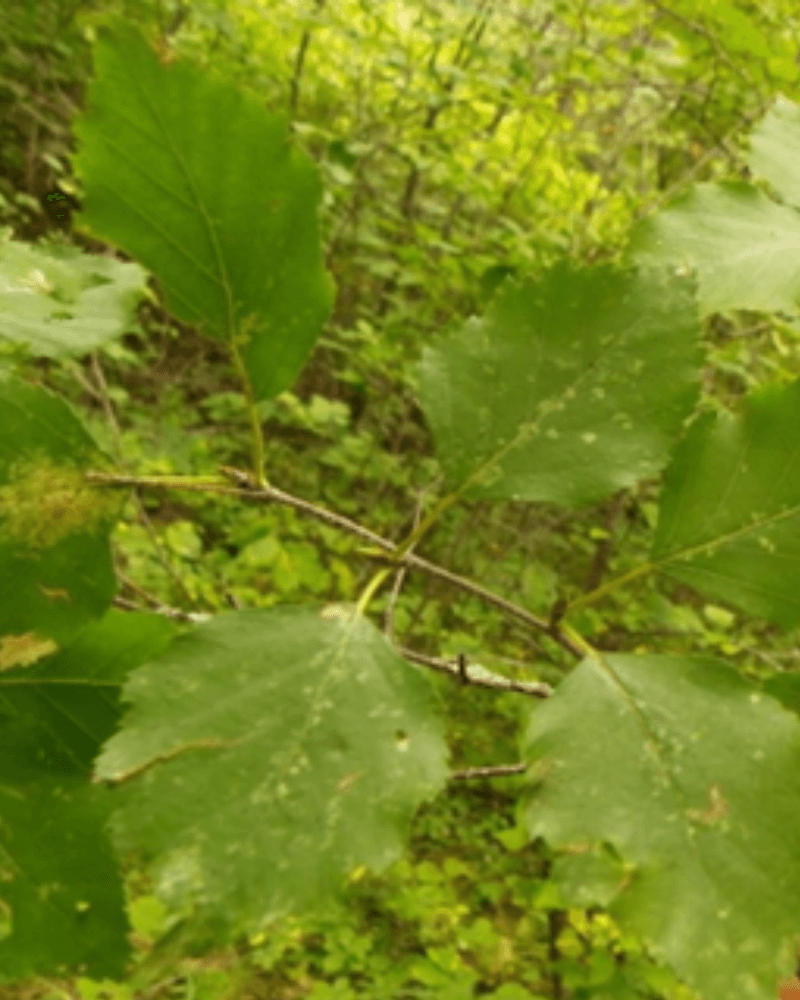
In partnership with
